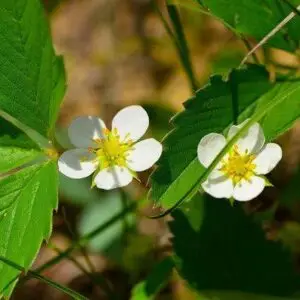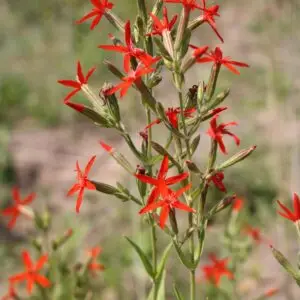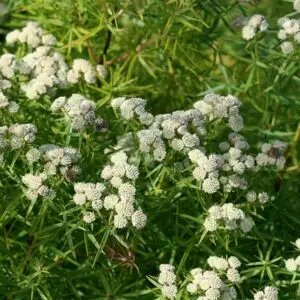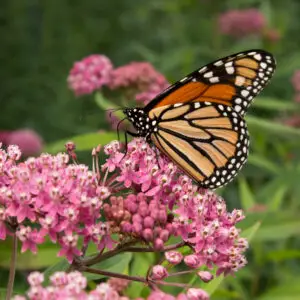| Size | Trade Gallons, Two Gallons, Three Gallons |
|---|
Cornus alternifolia – Pagoda Dogwood (B&B.BW.DR.H.M.MTH.NB.OP)
Ecosystem Services:
(B)-Birds (B&B)-Birds & Butterflies
(BTF)-Butterflies (BW)-Black Walnut Resistant
(DR)-Deer Resistant (DRGHT)-Drought Resistant
(EC)-Erosion Control (EVR)-Evergreen
(FC)-Fall Color (FRG)-Fragrant
(GRD)-Groundcover (H)-Host plant
(HMR)-Hummingbirds (M)-Mammals
(MTH)-Moths (N)-Nectar
(NB)-Native Bees (NST)-Nesting Material
(OP)-Other pollinators (RR)-Rabbit Resistant
(SHWY)-Showy (SPC)-Specimen Plant
The alternate-leaf dogwood is a stunning shrub or small tree in the dogwood family (Cornaceae) with horizontal branches forming tiers. The branches parallel the ground, creating a layered, tiered look with upturned branches resembling pagodas. The alternate-leaf dogwood is native to central and eastern Canada and central and the eastern and central areas of the United States. The plant may be found in moist or dry woodlands or stream banks. The species epithet, alternifolia, refers to the alternate leaf arrangement. The common name, pagoda dogwood, refers to the horizontal tiered arrangement of the branches.
The alternate-leaf dogwood is best grown in full sun to partial shade. It prefers acidic, rich, loamy, moist, and well-drained soils. It has a fibrous, spreading root system and prefers when the root zone is kept cool. This plant does not transplant well due to its shallow root system. It is best suited for cool weather climates, particularly summer ones. It does not do well in zones higher than seven and prefers cool summer climates. Be sure to shade it in hot climates, mulch the root zone, and moisten the soil.
This plant may grow from 15 to 25 feet tall and 20 to 32 feet wide. Fragrant creamy-white flowers bloom from May to June. Bluish-black fruits appear from July to August. A distinctive feature of this shrub is its alternate leaf arrangement, which is unusual for members of the dogwood genus (Cornus). The alternate leaf arrangement is characteristic of only one other dogwood, the giant dogwood (Cornus controversa). On young plants, the bark is greenish-brown but turns gray and furrowed with age. The stems are green to reddish-purple The small creamy-white blooms appear on flattened topped cymes, and orangish-red stems suspend the bluish-black drupes. The dark green leaves of summer transition to red in the autumn. Butterflies, birds, and small mammals are attracted to this shrub for its nectar and fruits.
The alternate-leaf dogwood is an excellent native plant with four-season interest. Consider this species for your home garden as a specimen plant, shrub border, or in naturalized areas.
The Pagoda Dogwood is a host plant to more than 91 species of Lepidopterans, including the Definite Tussock Moth, Hickory Horned Devel, Funerary Daggor Moth, the Imperial Moth, and the Crocus Geometer.
Only logged in customers who have purchased this product may leave a review.






Reviews
There are no reviews yet.